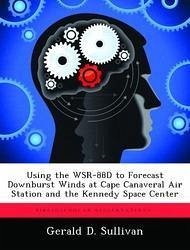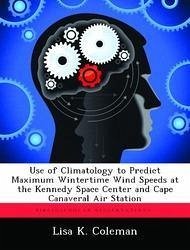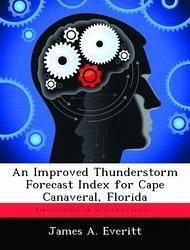
Using the WSR-88D to Forecast Downburst Winds at Cape Canaveral Air Station and the Kennedy Space Center
Versandkostenfrei!
Versandfertig in über 4 Wochen
58,99 €
inkl. MwSt.

PAYBACK Punkte
29 °P sammeln!
The 45 Weather Squadron (WS) is tasked with providing several convective wind warnings in support of the U. S. Space Program. The forecasters use a radar-based forecast technique to determine if a thunderstorm has the potential to produce a gust that meets warning criteria. This technique, the Echo Top/Vertically Integrated Liquid Wind Gust Potential (ET/VIL WGP), has not previously been evaluated for use in the Cape Canaveral Air Station and Kennedy Space Center (CCAS/KSC) locale. Additionally, there are two other radar-based forecast techniques that required evaluation for possible inclusion...
The 45 Weather Squadron (WS) is tasked with providing several convective wind warnings in support of the U. S. Space Program. The forecasters use a radar-based forecast technique to determine if a thunderstorm has the potential to produce a gust that meets warning criteria. This technique, the Echo Top/Vertically Integrated Liquid Wind Gust Potential (ET/VIL WGP), has not previously been evaluated for use in the Cape Canaveral Air Station and Kennedy Space Center (CCAS/KSC) locale. Additionally, there are two other radar-based forecast techniques that required evaluation for possible inclusion into the 45 WS forecast process. These are the Maximum Reflectivity/ Height of Maximum Reflectivity (d/H) Wind Gust Potential and the Storm Top/Vertically Integrated Liquid (ST/VIL) Wind Gust Potential techniques. Radar data from 15 pulse-type storms that occurred in the CCAS/KSC locale were collected.












